Label Studio vulnerable to Cross-site Scripting if `<Choices>` or `<Labels>` are used in labeling config
Moderate severity
GitHub Reviewed
Published
Feb 22, 2024
in
HumanSignal/label-studio
•
Updated Feb 23, 2024
Description
Published to the GitHub Advisory Database
Feb 22, 2024
Reviewed
Feb 22, 2024
Published by the National Vulnerability Database
Feb 22, 2024
Last updated
Feb 23, 2024
Summary
On all Label Studio versions prior to 1.11.0, data imported via file upload feature is not properly sanitized prior to being rendered within a
ChoicesorLabelstag, resulting in an XSS vulnerability.Details
Need permission to use the "data import" function. This was reproduced on Label Studio 1.10.1.
PoC
Create a project.
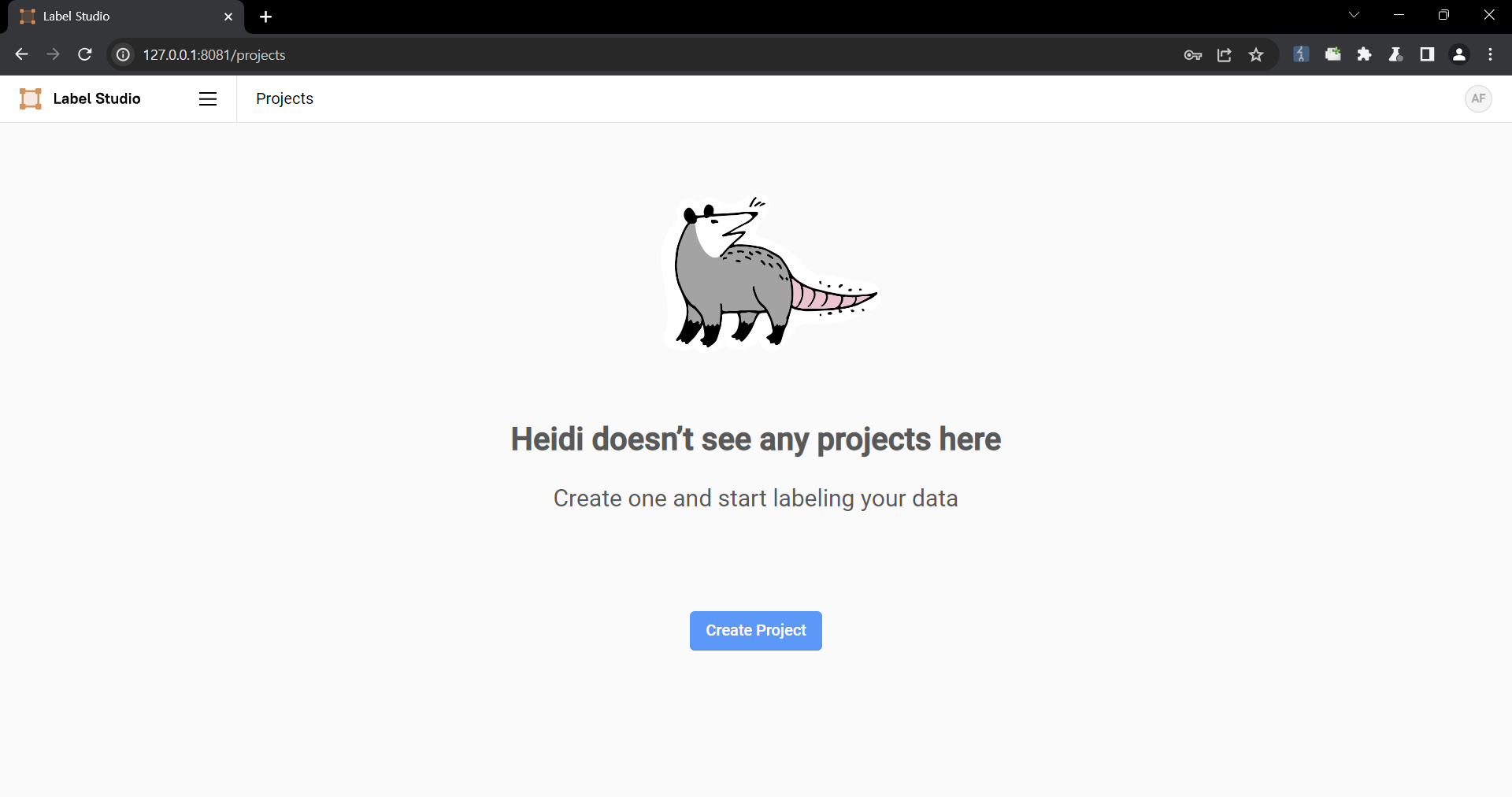
Upload a file containing the payload using the "Upload Files" function.


The following are the contents of the files used in the PoC
Select the text-to-image generation labeling template of Ranking and scoring
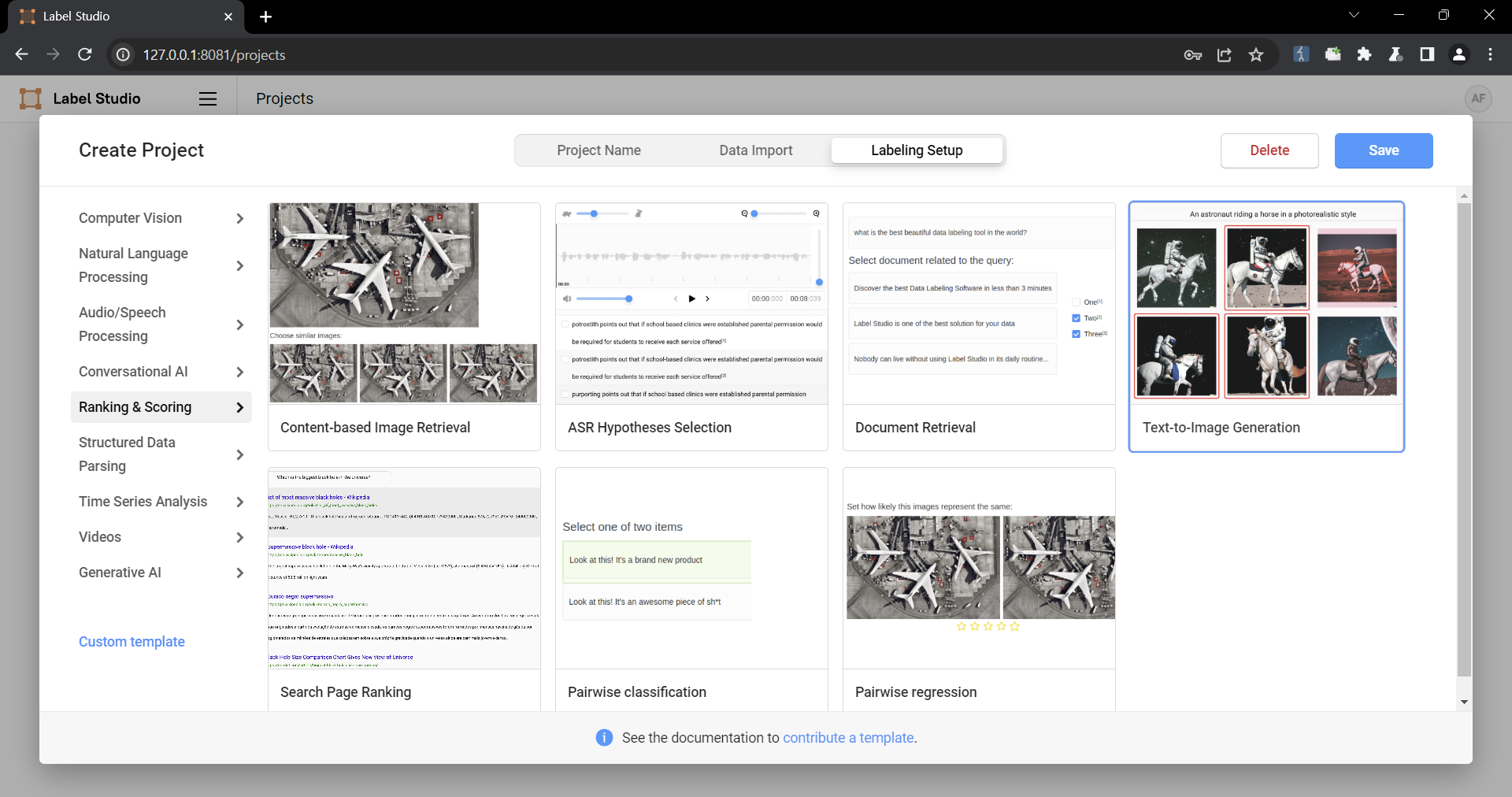
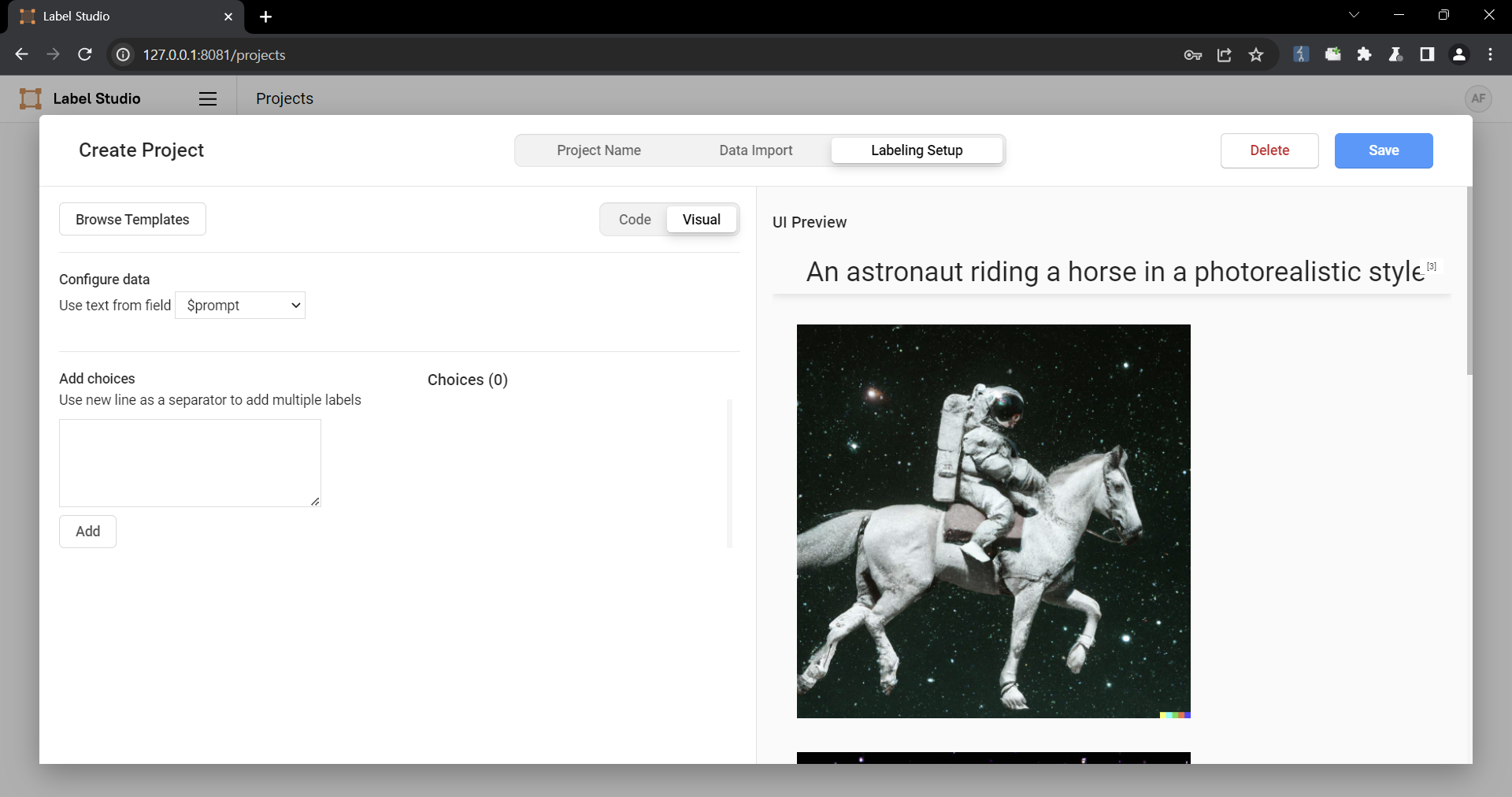
Select a task
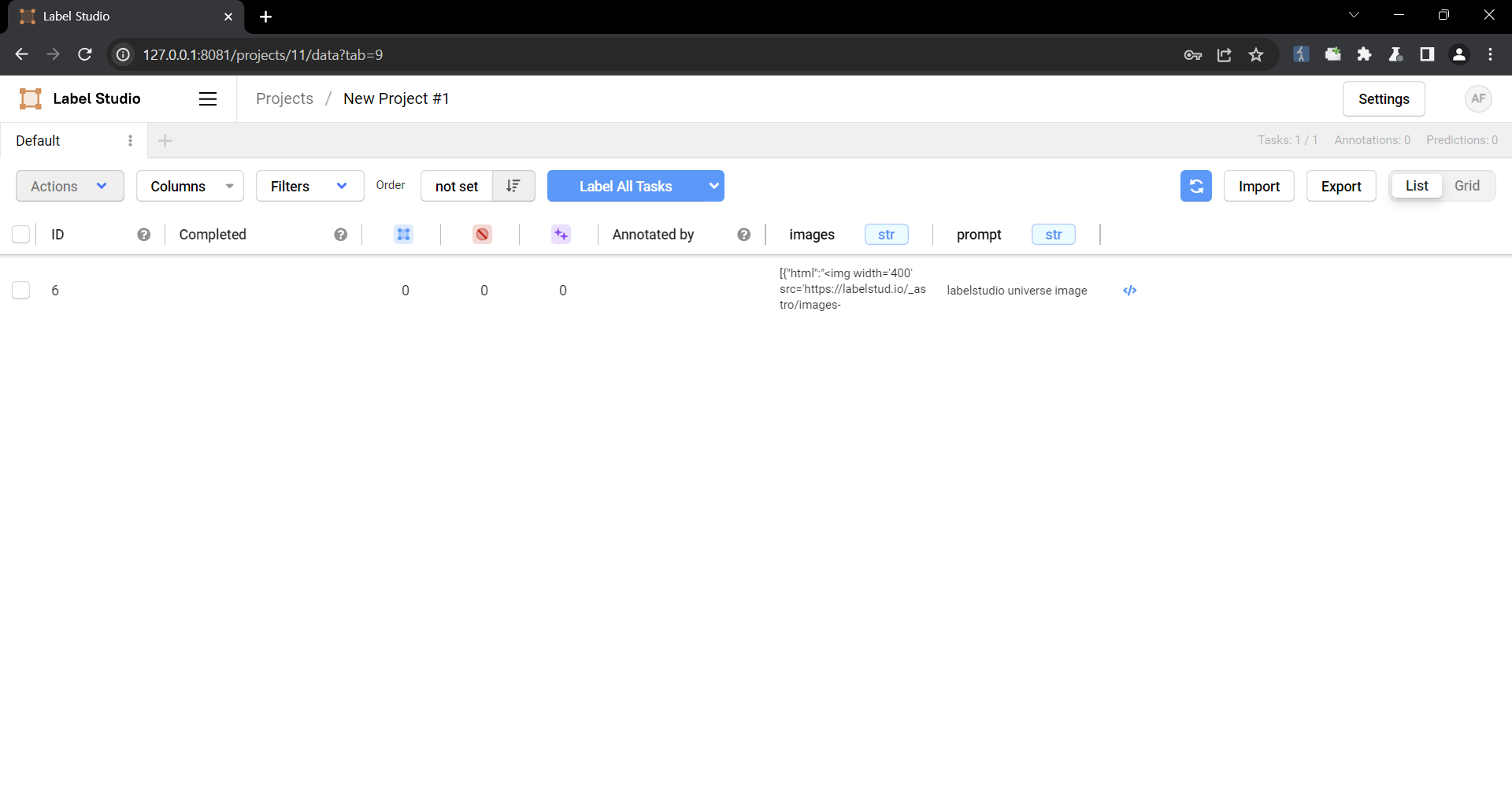
Check that the script is running
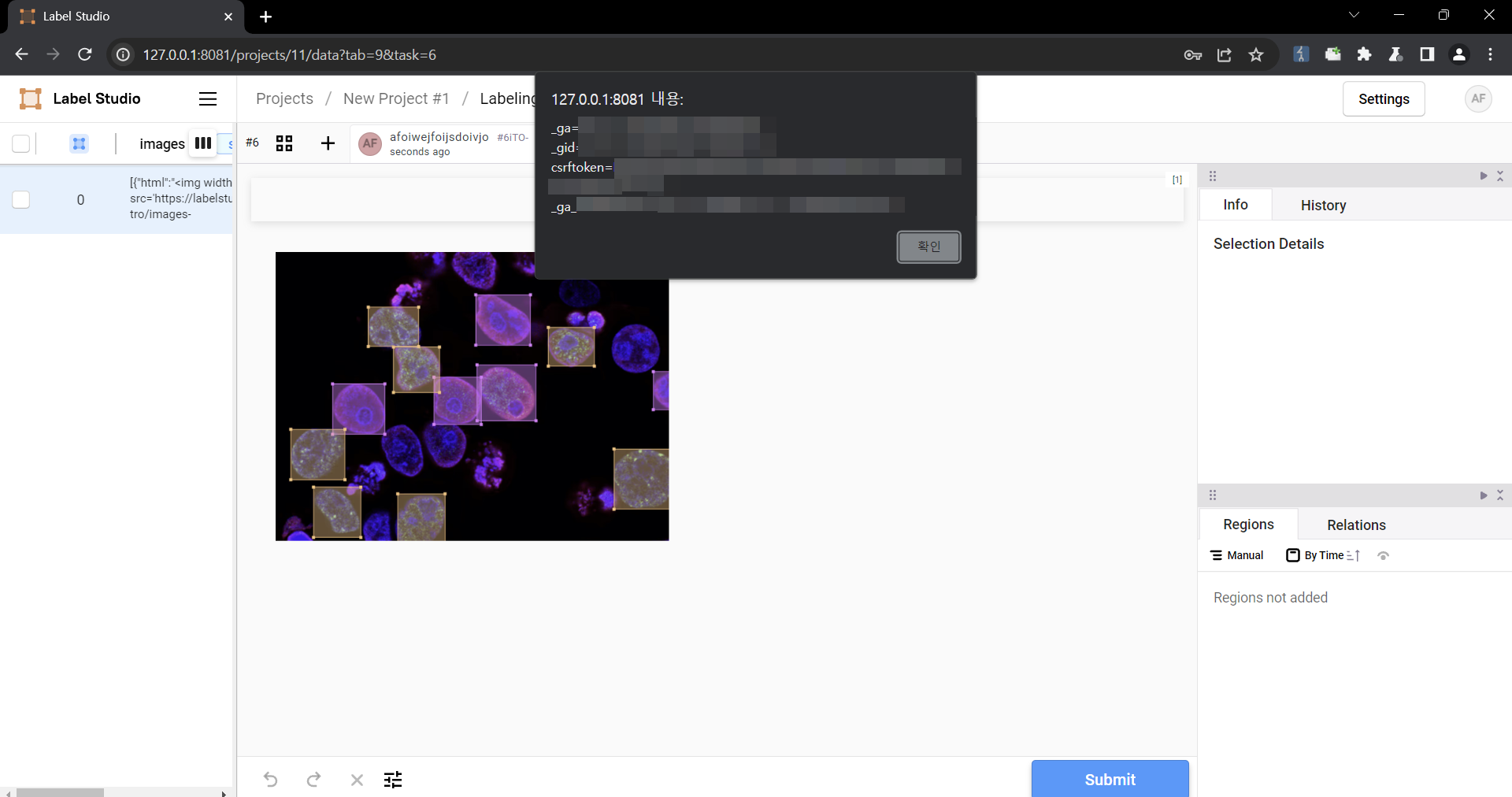
Impact
Malicious scripts can be injected into the code, and when linked with vulnerabilities such as CSRF, it can cause even greater damage. In particular, It can become a source of further attacks, especially when linked to social engineering.
References